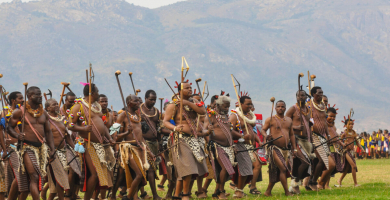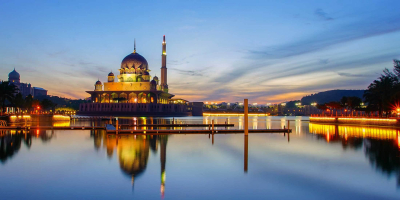Top 10 Togolese Culture, Customs, and Etiquette
Togo's historical periods, which shaped the many parts of its culture, have had an impact on the country's culture. Togolese culture is as diverse as it can be ... read more...in terms of its people, races, faiths, and languages. A visitor would be enthralled by the many different aspects of Togolese culture. Here are some things to know about Togolese Culture, Customs, and Etiquette.
-
The most significant and official language of Togo is French. A place must have a language for people to communicate with one another. Togo uses French for all official communications. The majority of people speak Ewe or Mina, while French is used for administration and documentation. For this reason, children in Togo are first exposed to French in their basic school together with other languages. English is another significant language there in addition to French. English is primarily spoken in Ghana and is taught in secondary education.
France had a firm grip over Togo because it invaded the country and held political authority there for a long period. Because of this, French continues to be a valuable language in the area. Other significant languages in Togo include Adele, Akebu, Bago-Kusuntu, Gbe, Maxi, Lukpa, Konkomba, Adangbe, Ngangam, Moore, Akaselem, Ede Nago, Manigri-Kambole, Ginyanga, Ntcham, Gbe, Western Xwla, Wudu, Ditammari, Anufo, Gourmanchema, Ikposo, Miyo
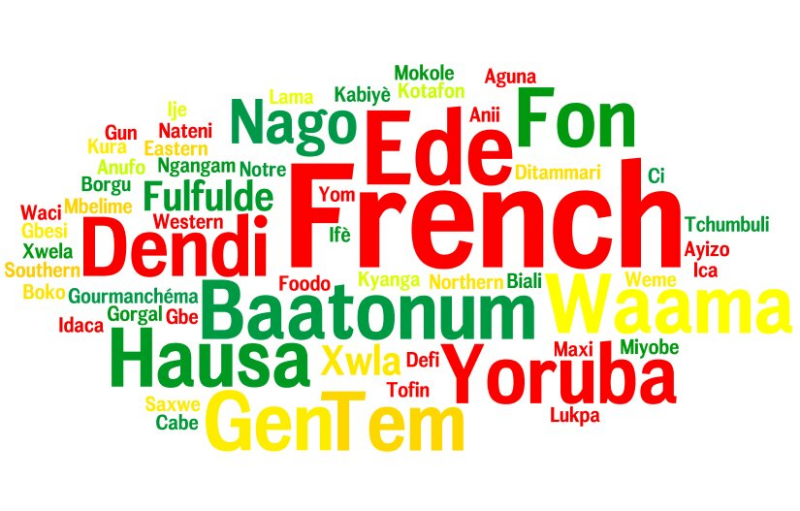
unseenbenin.files.wordpress.com 
gurmentor.com -
Southern fishermen's folk songs frequently feature bells like the gankogui and frikiwa as accompaniment. Fon and Yoruba songs as well as Ewe and Kabye folk music are frequently heard. There is a wide range of percussion-driven dance music in Togo. Drums are used by Christians, Muslims, and people of all ethnicities in Togo to celebrate all significant life events as well as festivals like the Expesoso or Yeke Yeke festival. The agbadja, ageche, aziboloe, kple, amedjeame, akpesse, grekon, blekete, and adamdom are among the drums used in the Aneho district alone. In Togo, there are many different rhythms, and each region has its own distinctive beats.
The Ghana-Togo Mountain languages and Tem are both spoken in the central hills. Together with other Gur languages like Mossi and Gourma, Dagomba ranks as the second most popular language in the north. Ghana and Burkina Faso, Togo's neighbors, share a great deal of this northern population's culture. With poly-rhythms clapped or played on the talking drum, gourd drums, or brekete, the Dagomba people play stringed instruments such the kologo (xalam), the gonjey, flute, and voice. Gyilxylphonists frequently perform sophisticated cycling rhythms in the style of gyilxylphonist music. The bow is one of the other folk instruments. Along with a long lineage of griot praise-singing traditions, the northern region of the country's music has distinctive melodic and vocal characteristics.
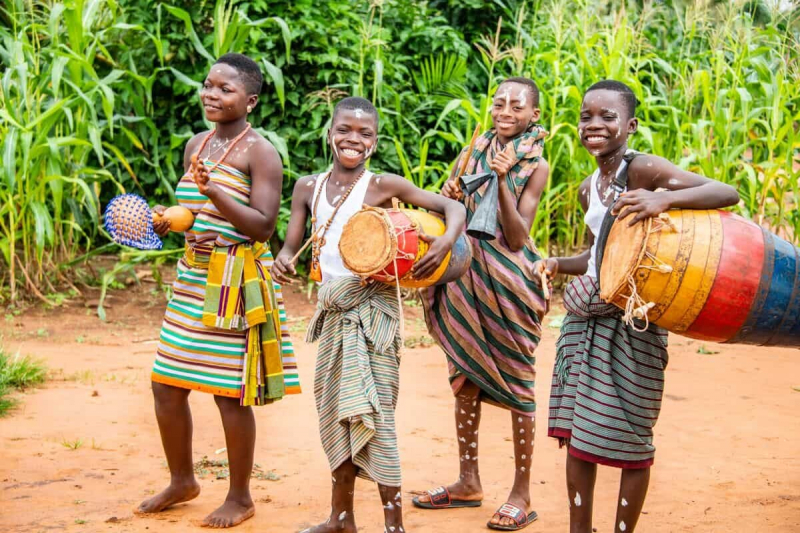
compassion.com 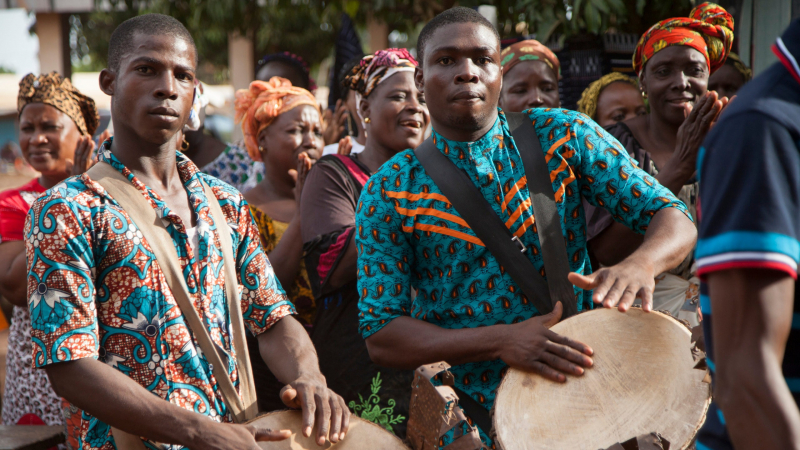
bradtguides.com -
Dining is also one of the Togolese culture, customs, and etiquette that you should know before traveling to Togo. Togo's table manners are comparable to those of its neighboring Western African nations. The majority of meals are consumed in a sizable communal bowl and are not accompanied by utensils. All meals consumed without the use of utensils in Togo are to be consumed with the right hand exclusively because the left hand is seen as filthy and indecent. Even food preparation fits under this theory. Never use your left hand to handle food while cooking, women.
The Togolese are gracious dinner hosts who take great satisfaction in amusing their visitors. A guest is expected to show gratitude and appreciation for the food they are served. It's rude to the host to inquire about the ingredients of a meal or smell it before you eat it. At the conclusion of the dinner, a small burp is considered courteous and a show of contentment. Because Togolian meals are so sociable in nature, they frequently last long after dining is finished.
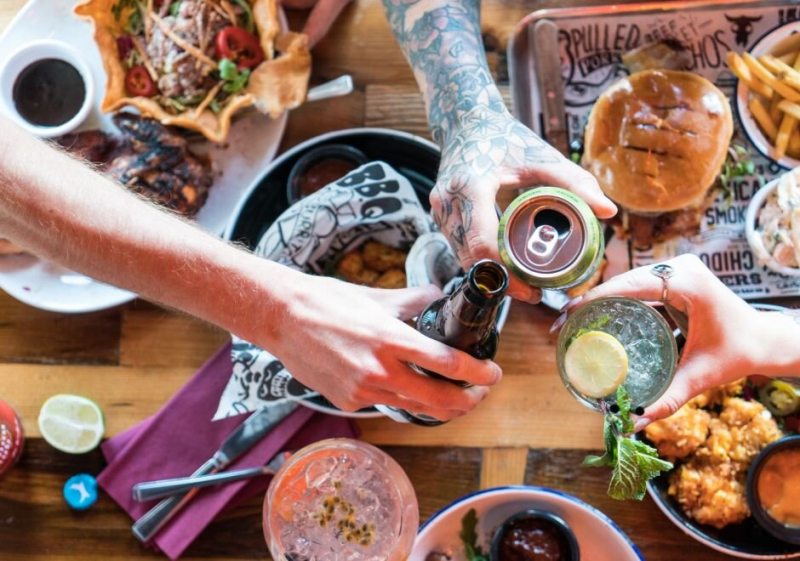
togo.uk.net 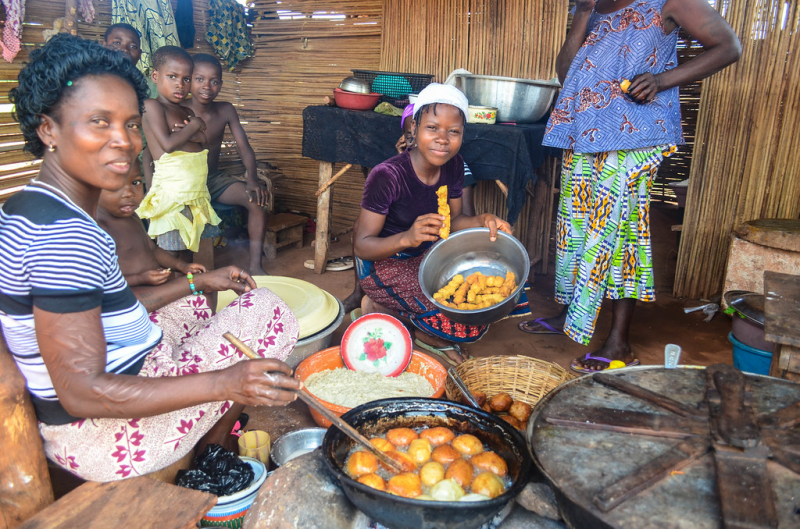
flickr.com -
Another Togolese culture, customs, and etiquette that you must bear in mind is Communication style. The Togolese's communication style is greatly influenced by the person they are speaking with. Women will converse with children far differently than they will with men, including their husbands. The Togolese are rarely forthright or clear in their meaning. Actually, it's more of the contrary. They frequently speak when they believe you want to hear it or when it is required of them. Men, women, and children are the order of importance in Togolese culture. Additionally, age tends to be associated with respect.
In many instances, especially when discussing one's appearance or qualities, people tend to be direct but polite. For instance, it is acceptable to interpret the praise "you look fat today" or "you got fat" as a good comment. Another major standard is skin tone. If you are black and have lighter skin than they do, people won't hesitate to ask what color your skin is in public. This is socially acceptable and in no way impolite.
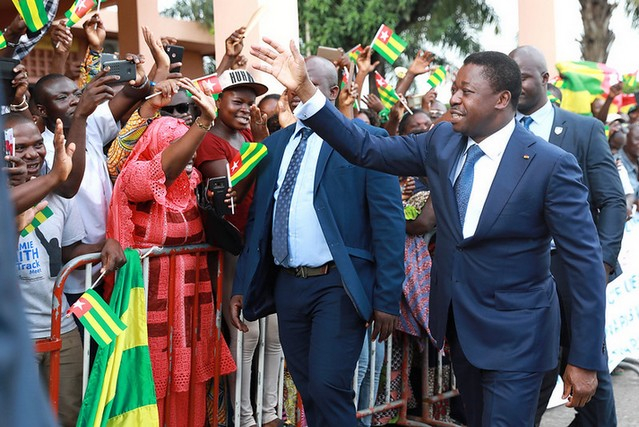
embassyoftogoza.com 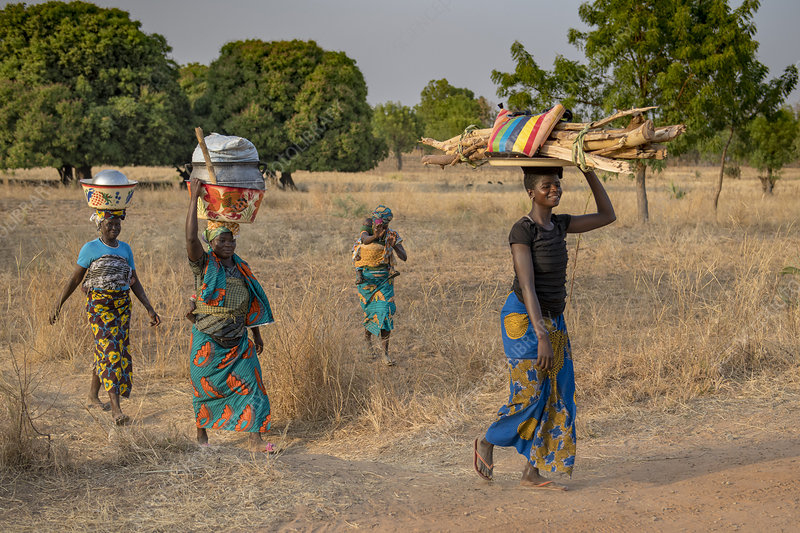
sciencephoto.com -
Football is the most played sport in Togo, just like it is in much of Africa. Everywhere in the towns and cities of Togo, the game is played competitively and socially. In terms of football, the nation has experienced some success abroad. Togo also has a thriving boxing scene. One of the best boxers of the 1990s was made in this nation, Zafrou Balloqou. Aside from traditional African wrestling games, Togo has also competed in international tennis events.
The country's sports landscape is dominated by men, however, initiatives have been made to encourage Togolese women to participate in sports. The International Olympic Committee granted recognition to the Togolese Olympic Committee in 1963. In 1972, the nation's athletes made their Olympic Games debut. The first medal ever won by a member of the Togolese squad in the Olympics was succeeded by Benjamin Boukpeti on August 12, 2008, in the Men's K1 Kayak Slalom.

skysports.com 
ipacs.sport -
The stylized and colorful images on the colored fabric batiks depict scenes from traditional Togolese daily life in the past. Another common form of printing is wax. In Togo, Sokey Edorh is a well-known painter. Togo produces a wide range of handicrafts as well. Crafts including weaving, wood carving, batiks, painting, pottery, wickerwork, ceramics, adorned calabashes, etc. are all produced in Kpalimé, which is the country's craft center. About 36 stores and retail establishments providing Togolese art and crafts to domestic and foreign customers are located in the town.Togo's arts and crafts share stylistic similarities with those of Ghana and Nigeria; an example of this is the folk group Ewe's vibrant textiles, which have a strong affinity with Ghana's Ashanti culture's textile history. Machine-printed cotton fabrics with expressive designs predominate in today's textile industry in Togo. Wooden sculptures are created by many organizations. The abstract sculptures of the mob and gourmet cultures that depict ancestors, as well as the more naturally created sculptures of the Ewe culture, are particularly notable. Additionally well-known for their intricately adorned gourds and ceramics are the moba and gourmet populations, together with the kabyé and chamba populations. Paul Ahyi, Nestor de Souza, and Agbagli are some of the contemporary Togolese painters who have achieved international acclaim.
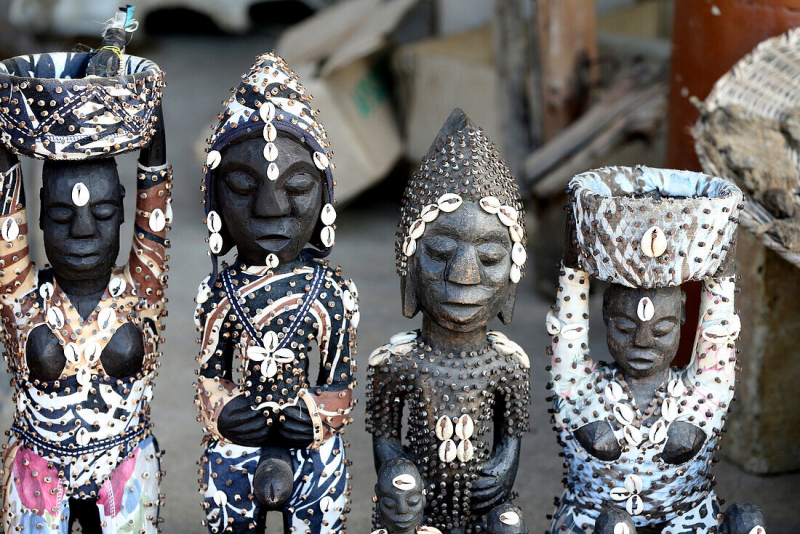
imageprofessionals.com 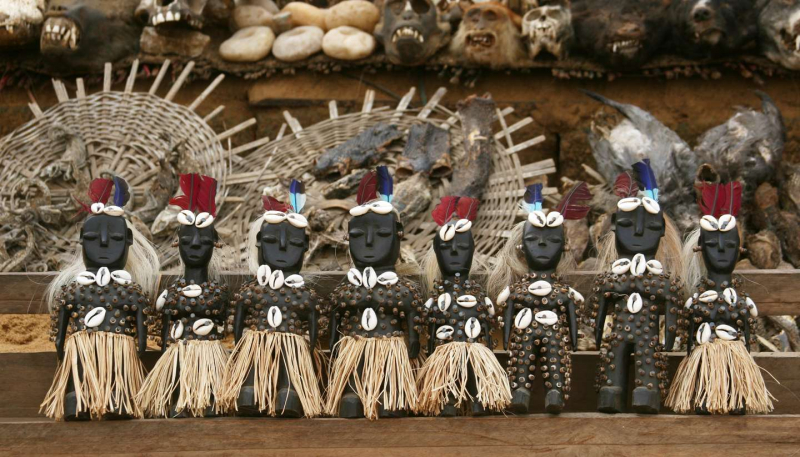
worldtravelguide.net -
Togo's religion has kept true to the nation's pagan past. This explains why voodoo, an indigenous religion practiced by 51% of the population, is more prevalent than Christianity and Islam, which are practiced by 20% and 19% of the population, respectively. There are many other sects of voodoo, including yeve, which worships Hibisou as its god and the spirit of storms, and Dan, a snake spirit. Voodoo can be traced to an African word that signifies spirit. The voodoo community holds the concept that even invisible horrors or devils exist. Voodoo rituals are performed to communicate with a spirit in order to win that spirit's favor or acquire assistance, typically in the form of bountiful food, better health, or a high level of life. In a voodoo temple called humfor, the ceremony is frequently performed by a voodoo priest (hungan for men and mambo for women).
As a result of Christianity's anti-slavery struggle, a German Catholic Mission station was established in Togo in 1830, which marked the beginning of the religion there. Christian missionaries and churches first have broader freedom to operate in the nation in 1970. The largest faith, Roman Catholicism, now includes six dioceses under the archdiocese of Liome, including the dioceses of Aneho, Atakpame, Dapaong, Kara, Kpalime, and Sokode.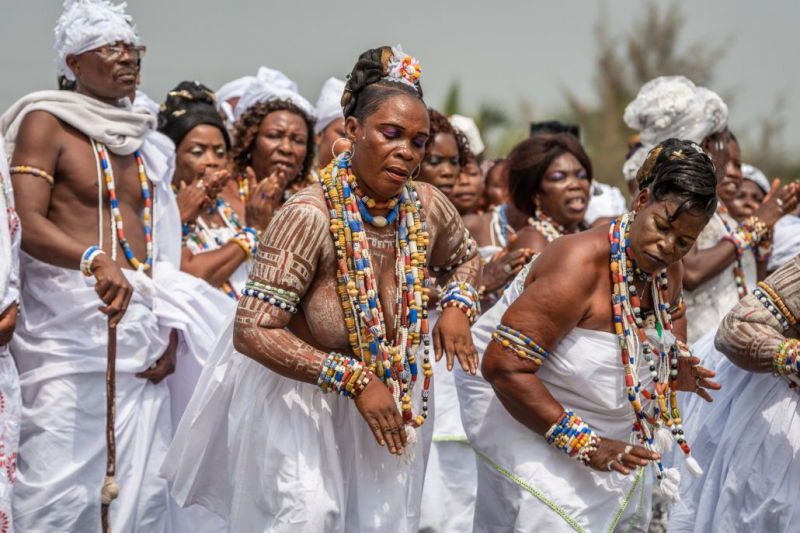
photographic-travel.com 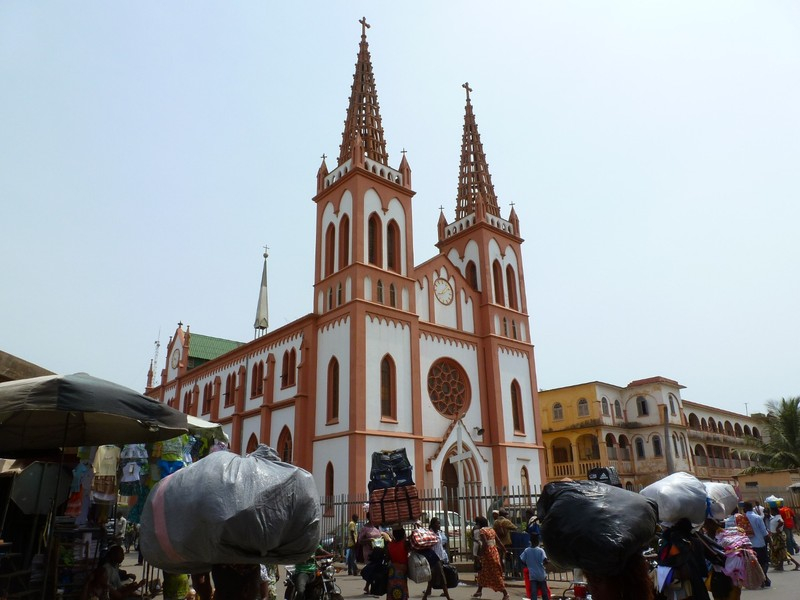
travellerspoint.com -
Togo has a rich oral literature tradition that includes folktales and legends, heroic epics, historical records, battle poems, fairy tales, ritualistic chants, and more. Before the arrival of the Europeans, there was essentially no written literature in the nation. The early 1950s saw the publication of Togo's first literary works. One of the earliest novels set in Togo is frequently cited as David Ananou's Le Fils du fétiche.
About 100 Togolese authors published literary works during the course of about 50 years. In addition to some literary criticism and dissertations on literary subjects, the more than 200 publications include novels, short stories, poems, plays, and memoirs. Leo Frobenius (Bassar and Tem), Komla Agbetiafa and Yao Nambou (Tem), Fusseini Mamah (Kabyé and Ewé), and Gerhard Prilop (Kabyé and Ewé) have all collected and published Togolese folktales and folklore. In 2008 and 2009, the tales of the Tem-Kotokoli of Kolowaré were gathered and documented.

pen100archive.org 
istockphoto.com -
Togo's society is made up of 37 different ethnic tribal groups, and this rich diversity of African traditions is reflected in the wide range of festivals that are held all year long in various regions of the nation. Gbagba is one of the most important holidays in Togo, for instance, as it honors traditional African agricultural traditions. The annual Voodoo festival is a reflection of the fact that Voodoo is practiced there as well.
Voodoo is the most famous festival in Togo and among the Togolese culture, customs, and etiquette. This Togo celebration honors the beginning of the new year and indigenous traditions; it takes place in the village of Glidji each September. The sacred stone, whose color indicates the fortunes of the upcoming year, is the festival's focal point. White denotes a lucky year, whereas red denotes a year of conflict, black denotes hunger and flooding, and blue denotes bumper harvests. A lot of families use the festival, which takes place every year 30 miles from Lome, as an opportunity to get together.
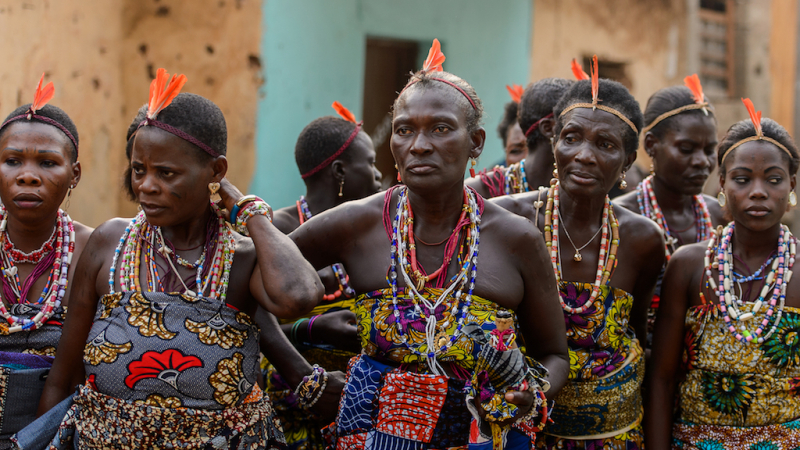
outlookindia.com 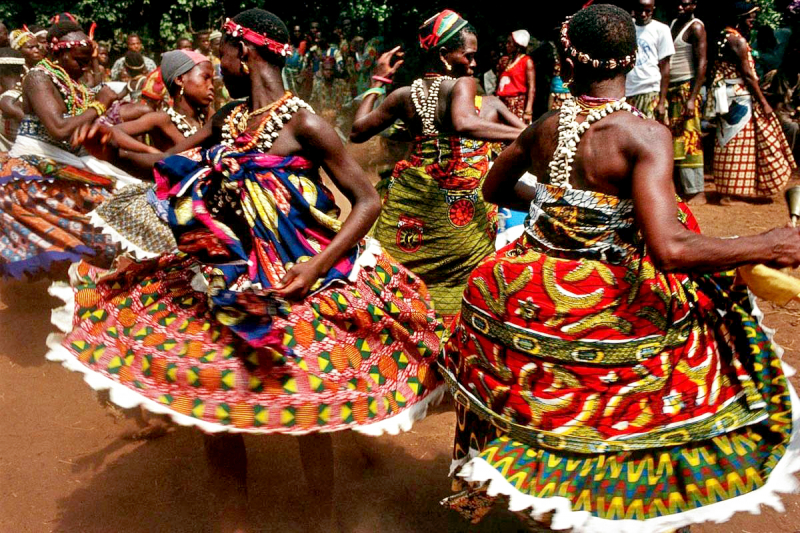
photoquestadventures.com -
Although the law guarantees Togolese men and women equal rights and freedoms, it is seldom ever put into practice in Togolese society. Men often hold a higher status than women in most households. The women are required to take care of the children and home duties. They also work in the city in other occupations and as farm workers. However, very few women hold top positions in industry, government, civil service, politics, and other fields.
The traditions surrounding marriage in Togo differ depending on the population's ethnic group. Typically, it is discouraged to marry outside of your ethnic community. Inter-ethnic marriages are growing, nonetheless, as a result of shifting social standards. Although they are becoming less popular, polygamous homes are still common in rural areas. The nation as a whole places a lot of importance on bridewealth payment. In cases of valid marriages, inheritance is governed by French legal regulations. When customary marriages occur, customary inheritance laws apply. These laws frequently adhere to a patrilineal tradition.
The infants are often cared for by mothers and other female relatives. A child's development is distinguished by a number of initiation rituals. All people have access to education, however, boys are more likely than girls to finish their primary education. With each level of education, there are greater gender-based disparities in educational success.
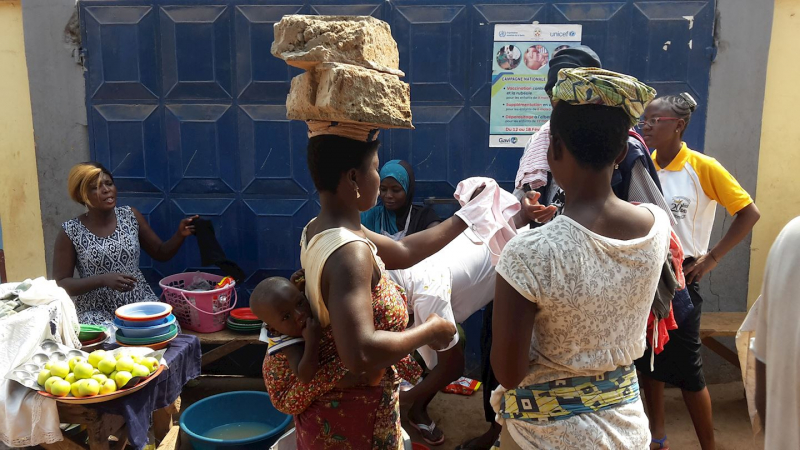
worldsmarathons.com 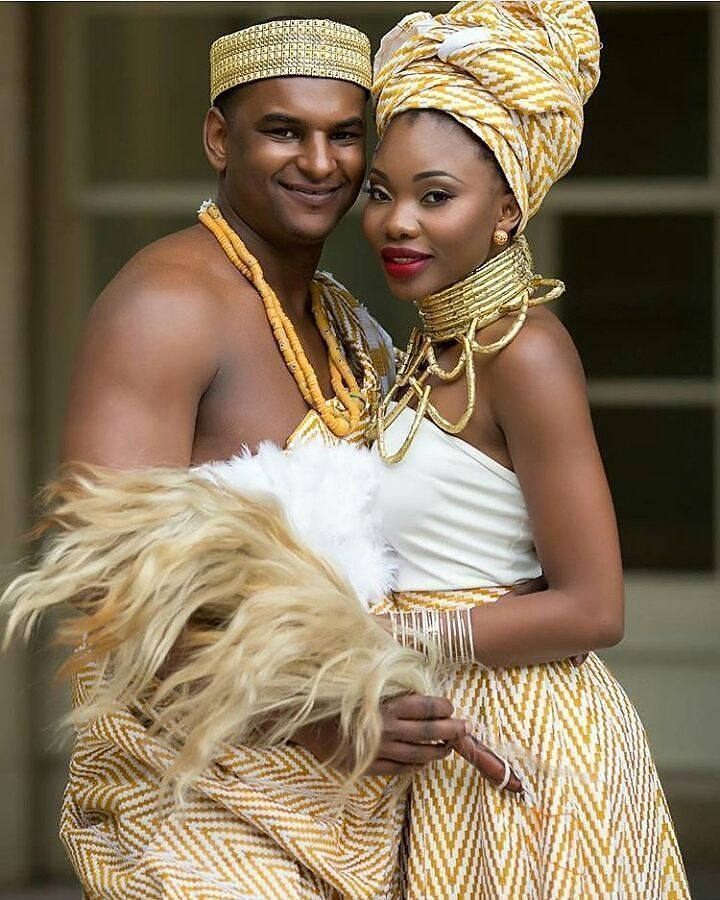
pinterest.com






























